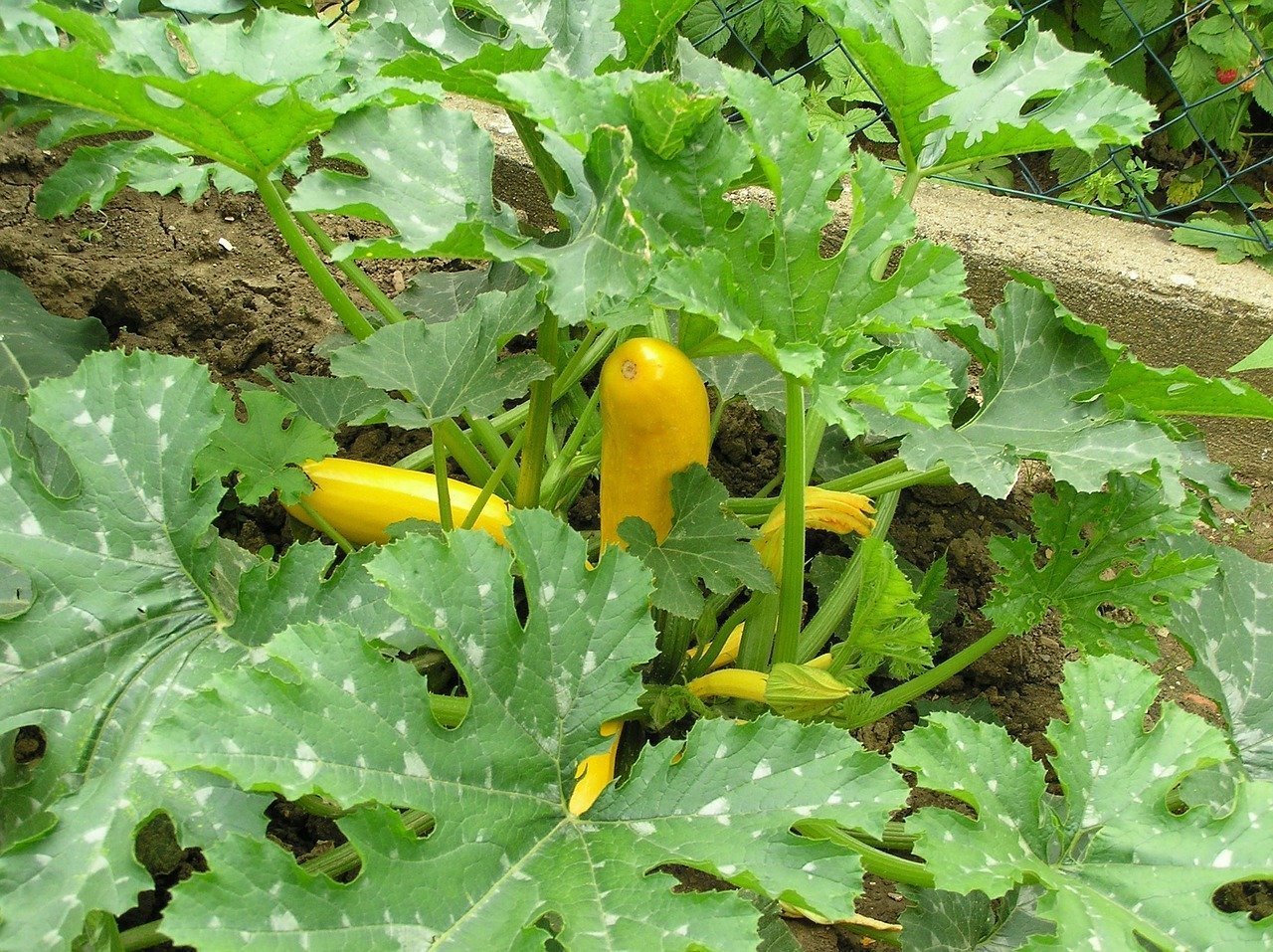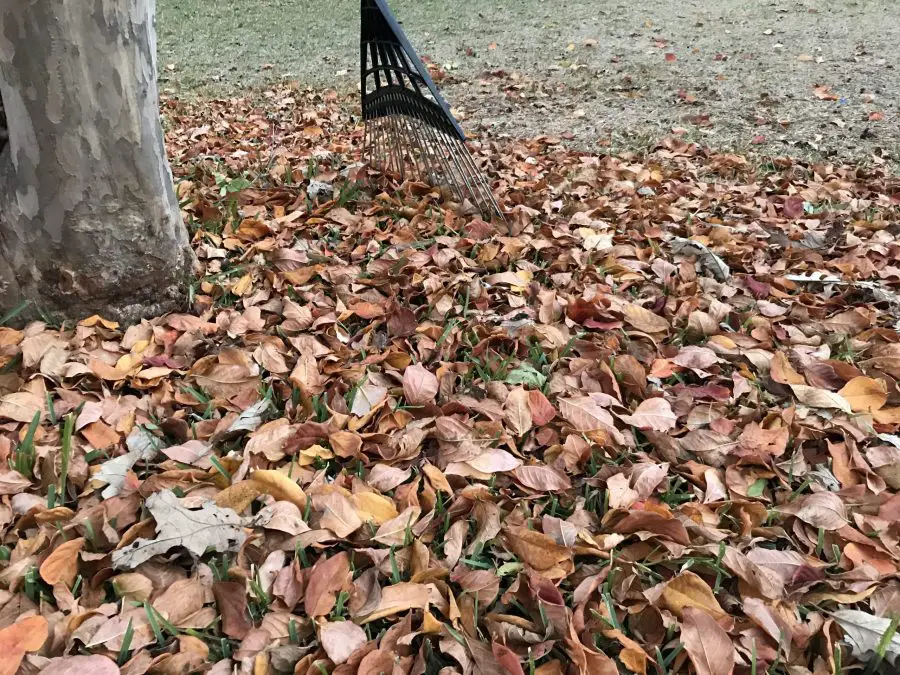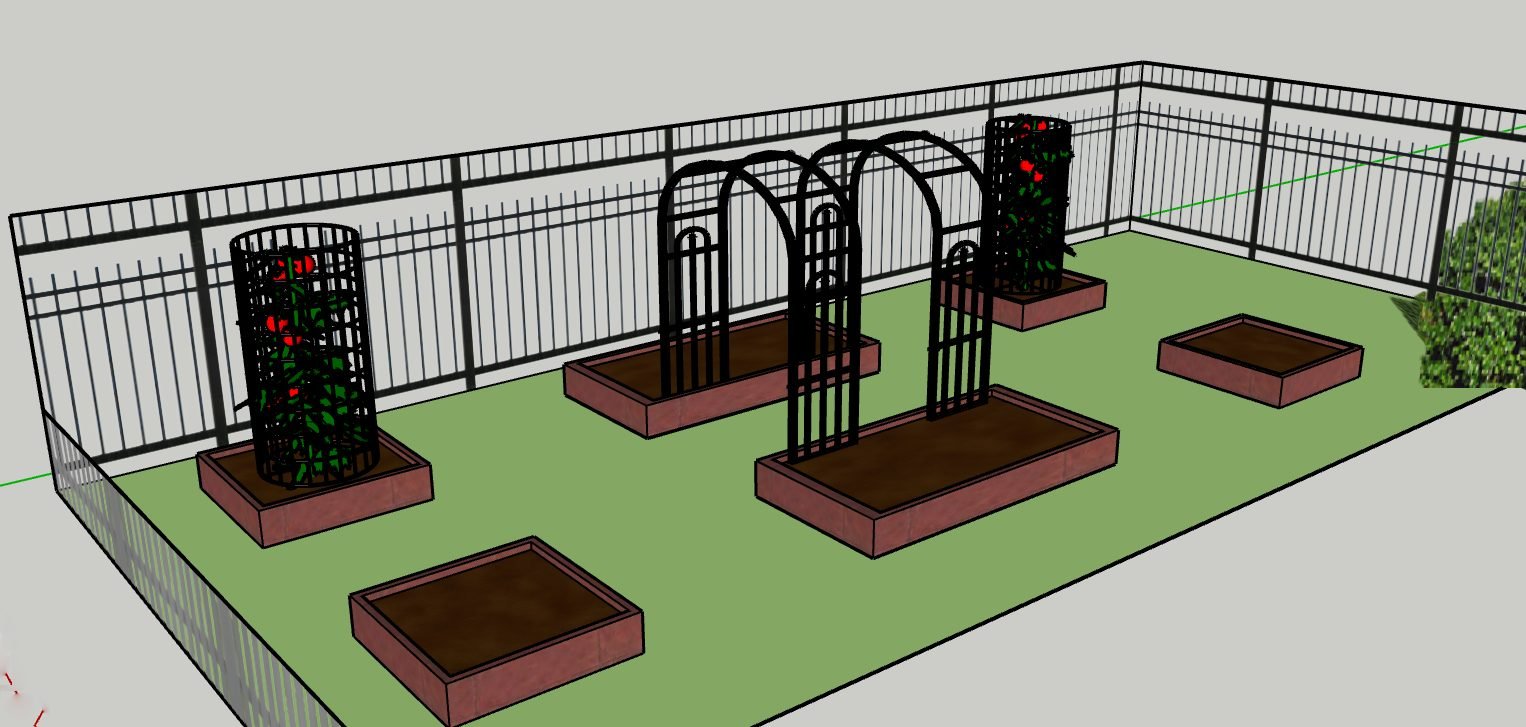If you’re a gardener, you know that maintaining a healthy garden can sometimes feel like an uphill battle. In the South, one of the sneakiest adversaries you might encounter is the root-knot nematode. So, let’t dive into some tips on how to deal with the Root Knot nematodes disease in the Southern garden.
You may have had a thriving garden, then all of a sudden, things are not growing. To your surprise, you may uproot a tomato or a pepper plant to notice an ugly-looking root system. That might very much be root knot nematodes. These are microscopic pests that can cause significant damage to your plants by infecting their roots, leading to stunted growth, wilting, and even plant death.
While this might be an annoying problem, it is very common in the South. However, don’t despair! There are several strategies you can use to manage and mitigate the effects of root knot nematodes in your garden.
Understanding Root Knot Nematodes
Root knot nematodes (Meloidogyne spp.) are tiny, unsegmented roundworms that inhabit the soil. They infect plant roots by forming galls or knots, which disrupt the root system and impede the plant’s ability to absorb water and nutrients. Symptoms of nematode damage may include yellowing leaves, poor flowering, and reduced yields, making early detection crucial.

Knots on the sick roots
Ways to Prevent Root Knot Nematodes in the Garden
Prevention is always better than a cure. Here are some steps you can take to avoid a nematode infestation in your garden:
- Soil Testing: Before planting, conduct a soil test to check for nematode presence. Many agricultural extensions offer this service.
- Crop Rotation: Rotate your crops yearly, especially with non-host plants. For example, root knot nematodes often affect tomatoes, peppers, and eggplants, so consider planting grains or legumes instead.
- Resistant Varieties: Choose plants that are resistant to root knot nematodes. Many seed catalogs indicate which varieties have resistance, giving you a better chance at a successful harvest.
Cultural Practices to Manage Root Knot
Cultural practices play a significant role in managing nematode populations:
- Soil Health: Maintain healthy soil by adding organic matter such as compost. Healthy soil promotes strong root systems that can better resist nematode attacks.
- Proper Watering: Overwatering stresses plants and can make them more susceptible to nematodes. Ensure your garden has good drainage and water appropriately.
- Fallow Periods: Allow a fallow period in which you don’t plant susceptible crops. This interrupts the nematode life cycle and can help reduce populations.
- Cover crop method: Certain crops release chemicals or fumigants that are toxic to the root-knot nematodes. The key is to overseed the affected area and allow the crop to reach maturity. Then, chop them down and turn them into the soil to decompose. Some of these crops are
- Marigolds: French and African varieties are well known for root knot nematode control.
- Zinnias: What an amazing solution to have a beautiful garden and fight pests in the garden.
- Legumes: Some legumes, like hairy indigo and velvet bean, can smother nematodes.
- Mustard and Related Plants (Cruciferous Crops): These plants release biofumigant compounds when chopped and incorporated into the soil. The best varieties to consider for the Southern garden are Tillage radish, broadleaf mustard, and Kodiak brown Mustard.
- Hibiscus: Notably, Cranberry and Roselle hibiscus are known but widely used to help reduce root knot nematode population in the soil.

Biological Control Methods
Incorporating beneficial organisms can help manage nematode populations:
- Nematode-Feeding Fungi: Certain fungi, like Pochonia chlamydosporia and Arthrobotrys species, can prey on nematodes, helping to reduce their numbers in the soil.
- Beneficial Nematodes: Interestingly, some nematodes are beneficial and can help control harmful nematode populations. Introduce Steinernema or Heterorhabditis nematodes to attack the root knot nematodes. These may be seasonally available in local nurseries.
Chemical Control
If all else fails and nematode populations are overwhelming, you may need to consider chemical controls. However, be cautious with this approach. This should be the last resort.
- Nematicides: There are commercial products available specifically for nematode control. Follow instructions closely and be aware of potential impacts on beneficial soil organisms.
- Soil Solarization: This organic method involves covering the soil with clear plastic to raise temperatures, which can kill nematodes and other soil pathogens. Leave the plastic in place for 4-6 weeks during hot weather for best results.
Garden Maintenance and Monitoring
Finally, keep an eye on your garden. Regularly check your plants for any signs of stress or nematode damage. Early detection can make a significant difference in how effectively you can manage an outbreak.
Conclusion
Root knot nematodes can be a gardener’s nightmare, but with the right strategies in place, you can protect your plants and maintain a thriving garden. By focusing on prevention, employing cultural practices, exploring biological control, and, when necessary, considering chemical options, you can manage these pesky pests effectively.


